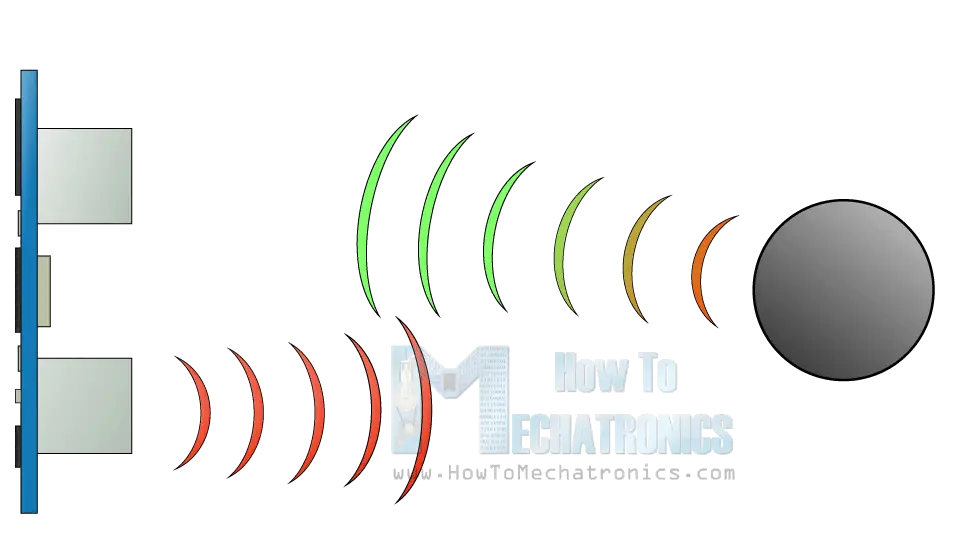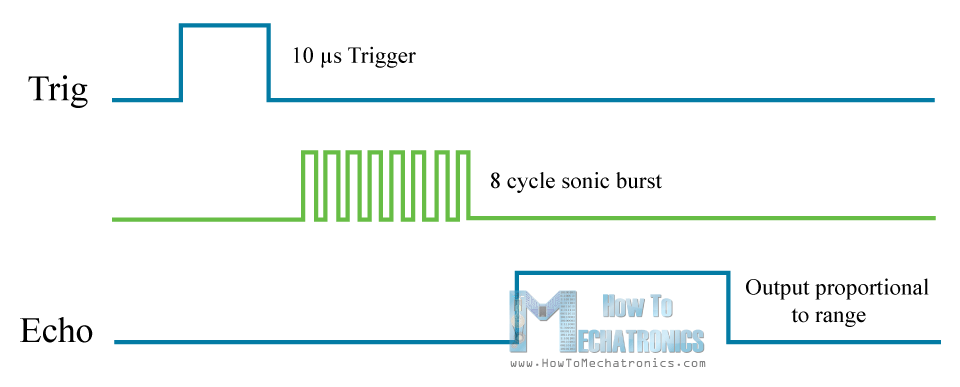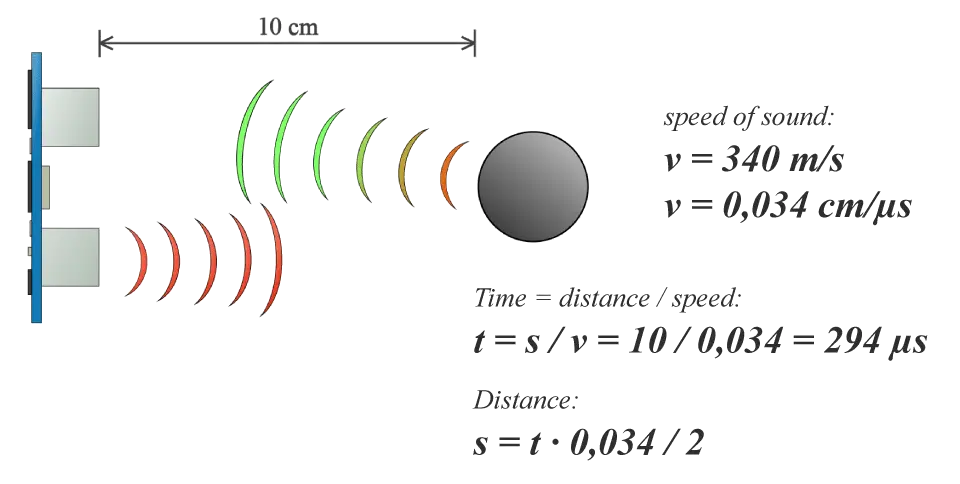IN THIS POST HOW TO CREATE A TRAFFIC SIGNAL LIGHT USING ARDUINO MICROCONTROLLER
NEEDS
RED LED 1N
GREEN LED 1N
YELLOW LED 1N
ARDUINO /UNO/NANO/PRO MINI ANY TYPE
TIME DELAY FOR SEQUANCE
FOR 1 MINUTE
60SEC*1000=60000= 1MINUTE
CIRCUIT DIAGRAM
CODE
// the setup function runs once when you press reset or power the board
void setup() {
// initialize digital pin LED_BUILTIN as an output.
pinMode(3, OUTPUT);
pinMode(4, OUTPUT);
}
// the loop function runs over and over again forever
void loop() {
digitalWrite(3, HIGH); // turn the LED on (HIGH is the voltage level)
delay(50000);
; // wait for a second
digitalWrite(3, LOW); // turn the LED off by making the voltage LOW
delay(1);
digitalWrite(4, HIGH); // turn the LED on (HIGH is the voltage level)
delay(60000);
; // wait for a second
digitalWrite(4, LOW); // turn the LED off by making the voltage LOW
delay(1);
}
NEEDS
RED LED 1N
GREEN LED 1N
YELLOW LED 1N
ARDUINO /UNO/NANO/PRO MINI ANY TYPE
TIME DELAY FOR SEQUANCE
FOR 1 MINUTE
60SEC*1000=60000= 1MINUTE
CIRCUIT DIAGRAM
CODE
// the setup function runs once when you press reset or power the board
void setup() {
// initialize digital pin LED_BUILTIN as an output.
pinMode(3, OUTPUT);
pinMode(4, OUTPUT);
}
// the loop function runs over and over again forever
void loop() {
digitalWrite(3, HIGH); // turn the LED on (HIGH is the voltage level)
delay(50000);
; // wait for a second
digitalWrite(3, LOW); // turn the LED off by making the voltage LOW
delay(1);
digitalWrite(4, HIGH); // turn the LED on (HIGH is the voltage level)
delay(60000);
; // wait for a second
digitalWrite(4, LOW); // turn the LED off by making the voltage LOW
delay(1);
}






